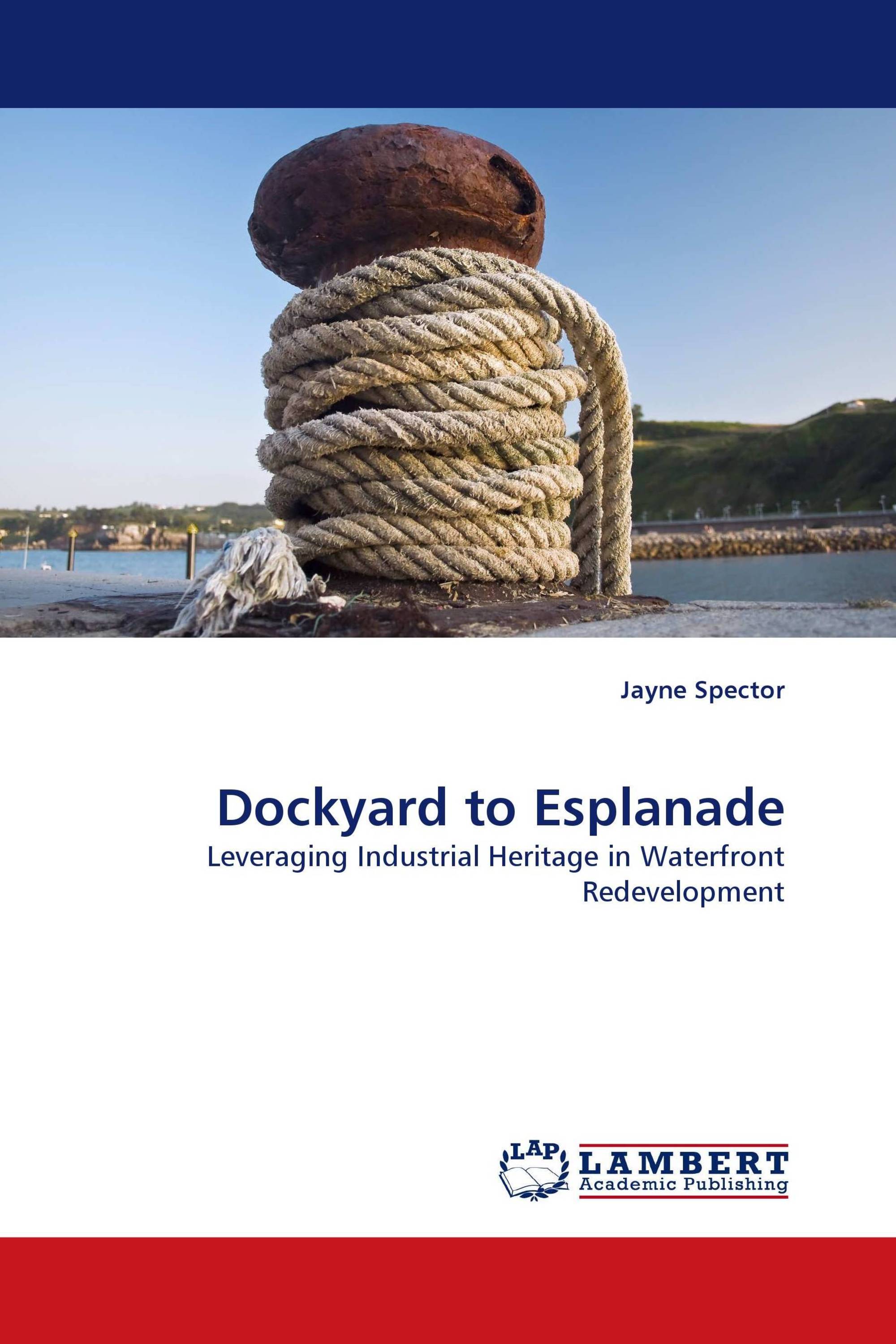A dense, industrial landscape shaped the scale and character of 19th and 20th century urban waterfronts. The same landscape barred public access to the shoreline, contaminated soils and polluted waterways while providing millions with a means of livelihood. Like a glacier, this industrial landscape has been in a long recession leaving behind a scattered moraine of docks, cranes, warehouses, factories, mills, power plants, and rails. Some of this infrastructure is critical to active waterfront businesses -- other industrial relicts will never again support industry. The best practices for preserving viable waterfront industry and adaptively incorporating relict industrial structures in redeveloped waterfront sites have yet to be fully understood by planners, developers, preservationists and public officials. Spector's research on the topic, originally published as her Master's Thesis,examines how planning approach, funding opportunities, remediation technology, and industrial histories will affect the viability of urban waterfronts in the 21st century.
Book Details: |
|
|
ISBN-13: |
978-3-8443-0417-6 |
|
ISBN-10: |
3844304177 |
|
EAN: |
9783844304176 |
|
Book language: |
English |
|
By (author) : |
Jayne Spector |
|
Number of pages: |
144 |
|
Published on: |
2011-02-18 |
|
Category: |
City-, area- and landscape planning |
